May 31, 2025 | 16:53 GMT +7
May 31, 2025 | 16:53 GMT +7
Hotline: 0913.378.918
May 31, 2025 | 16:53 GMT +7
Hotline: 0913.378.918
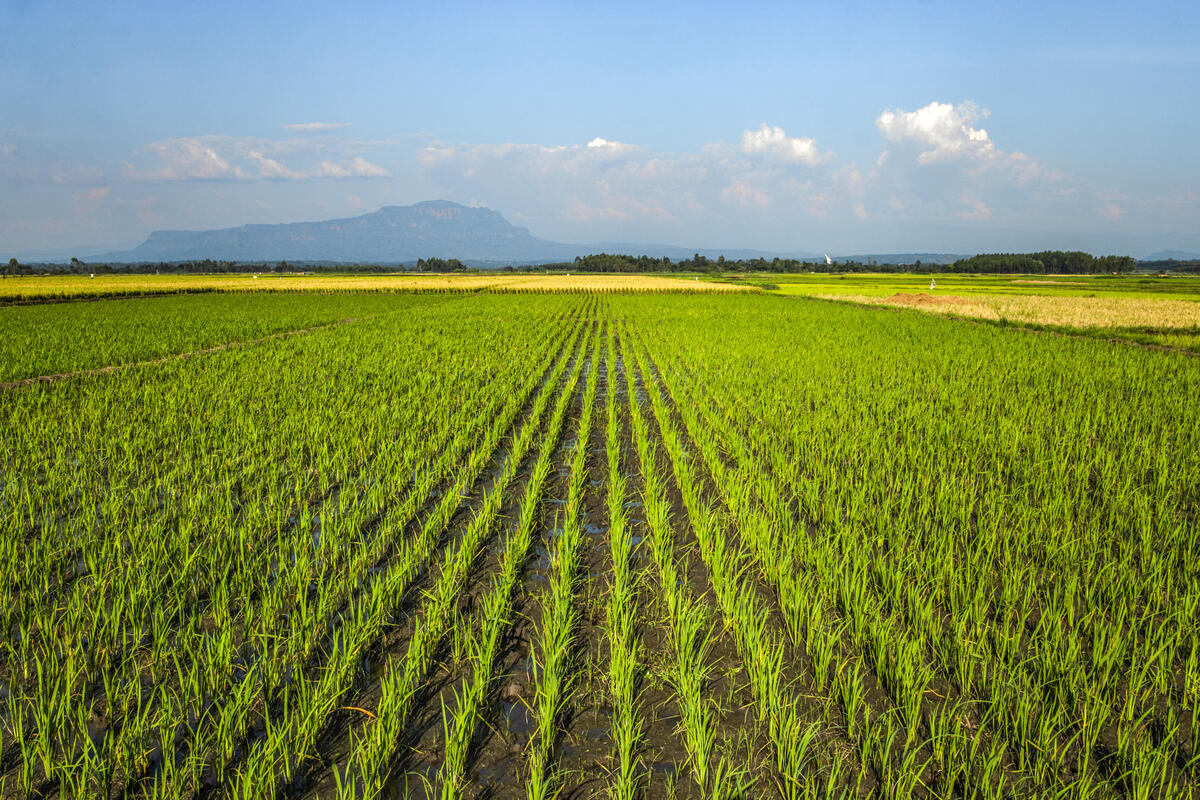
Rice growing in Uganda.
The FAO Food Price Index, a benchmark of world food commodity price developments, remained largely unchanged in March from its revised February value, as declines in world cereal and sugar quotations offset a notable increase in vegetable oil prices, the Food and Agriculture Organization of the United Nations (FAO) reported on Friday.
The index, which tracks monthly changes in the international prices of a set of globally traded food commodities, averaged 127.1 points in March, 6.9 percent higher than its corresponding level one year ago but remaining 20.7 percent below its March 2022 peak.
The FAO Cereal Price Index declined by 2.6 percent in March and was down 1.1 percent from March 2024. Global wheat prices dropped as concerns over crop conditions in some major Northern Hemisphere exporters eased, though currency movements tempered the decline. World maize prices also decreased from February, as did those for sorghum. The FAO All-Rice Price Index declined by 1.7 percent amid weak import demand and ample exportable supplies.
By contrast, the FAO Vegetable Oil Price Index increased by 3.7 percent from February to average 23.9 percent higher than its year-earlier level. Quotations for palm, soy, rapeseed and sunflower oils all rose, driven by robust global import demand.
The FAO Meat Price Index also rose, increasing by 0.9 percent on the month and 2.7 percent on the year, primarily due to higher pig meat prices in Europe after Germany regained foot-and-mouth-disease-free status and the strengthening of the euro against the United States dollar. World poultry meat prices remained largely stable in March, despite the continued challenges posed by widespread avian influenza outbreaks in some major producing countries.
The FAO Dairy Price Index was unchanged from February, with lower international cheese prices offset by higher quotations for butter and milk powders.
The FAO Sugar Price Index dropped by 1.6 percent in March, mainly driven by signs of weaker global demand. Recent rainfall in key sugarcane growing areas of southern Brazil further contributed to the decline, while deteriorating production prospects in India and continuing concerns about the overall outlook for the crop in Brazil limited the price decline.
Updated forecasts for cereal supply and demand
FAO also released a new Cereal Supply and Demand Brief on Friday, with revised estimates for 2024 and fresh insights on cropping and crop prospects in 2025.
The estimate for global cereal production in 2024 stood at 2 849 million tonnes, representing a 0.3 percent year-on-year drop but higher than previous estimates due to larger-than-previously-anticipated wheat outturns in Australia and Kazakhstan. FAO’s world rice production forecast for 2024/25 is little changed at 543.3 million tonnes, implying a 1.6 percent yearly increase due mostly to expanded plantings.
FAO’s forecast for global wheat production in 2025 remains unchanged from last month at 795 million tonnes, on par with the revised estimate for 2024. Wheat output in the European Union is expected to expand by 12 percent, following weather-induced declines in 2024, and is also likely to increase in Argentina, Egypt and India, while to decline in Australia, the United States of America and swathes of Near East Asia.
Maize harvests in the southern hemisphere are set to vary, with increases expected in Brazil and South Africa but a decline in Argentina.The new FAO forecast for world cereal utilization in 2024/25 stands at 2 868 million tonnes, representing a 0.9 percent increase from the 2023/24 level, led primarily by a new record-high level of rice utilization.
World cereal stocks are predicted to decline by 1.5 percent to 873.3 million tonnes by the close of seasons in 2025, driven mainly by an anticipated significant contraction in coarse grain stocks. By contrast, global wheat and rice inventories are expected to increase.
The updated forecasts place the world cereal stocks-to-use ratio in 2024/25 at 30.1 percent, slightly down from the previous year but still indicating an overall comfortable level, FAO said.
FAO has further lowered its forecast for world cereal trade in 2024/25 by 5.3 million tonnes to 478.9 million tonnes, marking a 6.7 percent contraction from 2023/24 and the lowest level since 2019/20. Lower expected purchases by China are a primary driver of the lower trade forecasts for coarse grains and wheat.
(FAO)
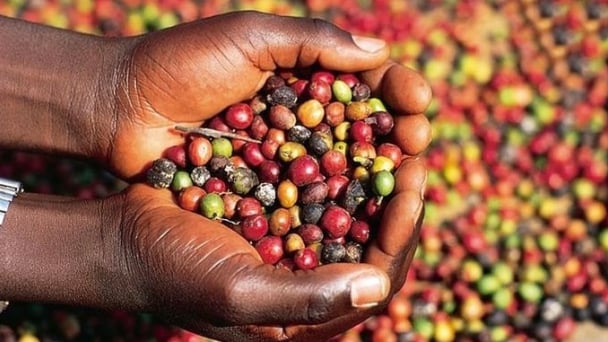
(VAN) Coffee prices on May 29, 2025, are fluctuating. The domestic coffee market declined, dropping by VND 2,200, trading at VND 119,700 – VND 120,000/kg.
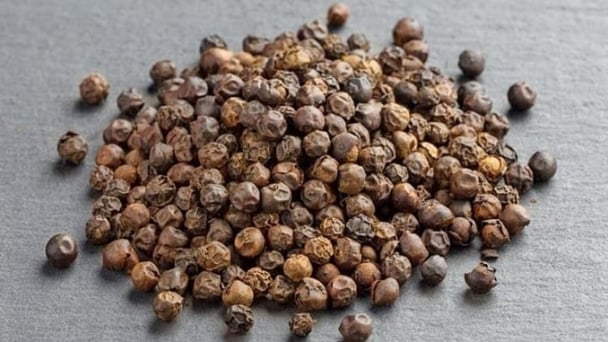
(VAN) Pepper prices on May 29, 2025 declined sharply. Domestic pepper prices in Vietnam remain stable, Trading at VND 147,000 to VND 148,000/kg.
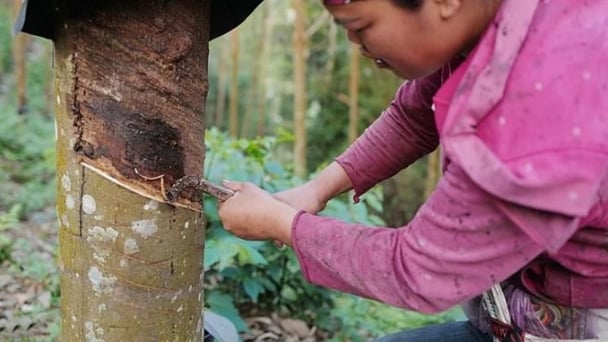
(VAN) Rubber prices on May 28, 2025 are maintaining an upward trend. Domestic latex prices remain stable, trading in the range of VND 397 to VND 462/TSC.
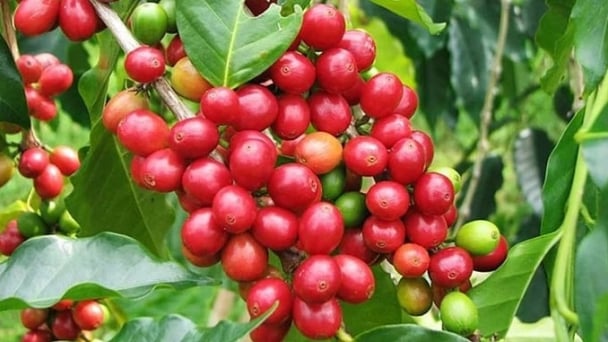
(VAN) Coffee prices on May 28, 2025, show mixed movements. Domestically, prices dropped sharply by VND 1,600, trading at VND 121,700 – VND 122,200/kg.
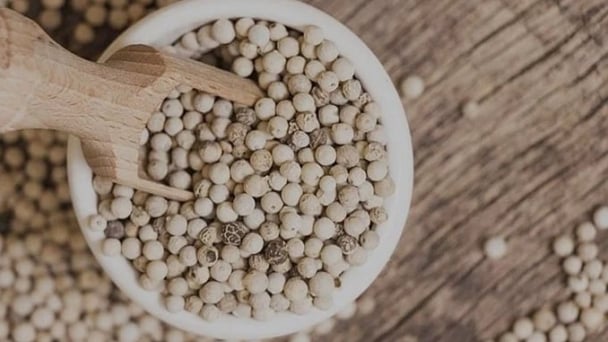
(VAN) Pepper prices on May 28, 2025, remained unchanged globally. Domestic pepper prices have increased by VND 1,500, trading at VND 147,000 – VND 148,000/kg.
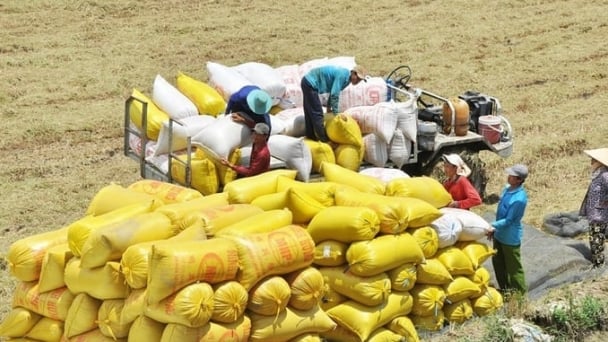
(VAN) Rice prices on May 27, 2025, show no new changes for both paddy and milled rice. Meanwhile, Vietnam’s export rice prices continue to remain flat.
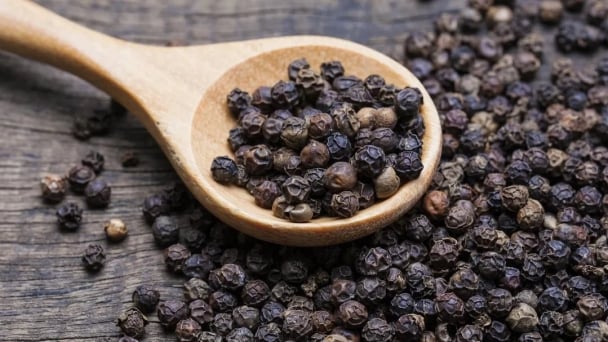
(VAN) Pepper prices on May 27, 2025, recorded a slight increase in Indonesia, while domestic prices remain stable, trading at VND 146,000 to VND 147,000/kg.